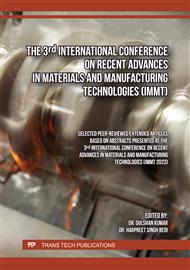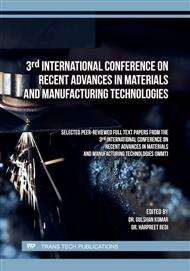p.3
p.11
p.21
p.31
p.39
Innovations in Raw Materials Preparations – Micro Pelletizing
Abstract:
The innovation and development of new technologies have become more pertinent for the next level of improvement in an already established processes like iron ore sintering. New technique was required to deal with super fines in solid wastes recycling in an integrated steel plant through iron ore sintering for controlling sinter plant stack emissions, reducing solid fuel rate and improving sinter productivity. After experiments with several available techniques, a simpler but effective process was developed and implemented to produce micro pellets from solid wastes. The addition of produced micro pellets in sinter mix resulted in ~2.4% increase in net sinter production along with improved carbon efficiency of fine particles & lower stack emissions. This paper elaborates the journey of innovations in developing technologies which not only solved emission related issues but also improved productivity and carbon efficiency of existing processes by developing and collaborating with local start-up.
Info:
Periodical:
Pages:
39-44
Citation:
Online since:
June 2025
Price:
Сopyright:
© 2025 Trans Tech Publications Ltd. All Rights Reserved
Share:
Citation:



